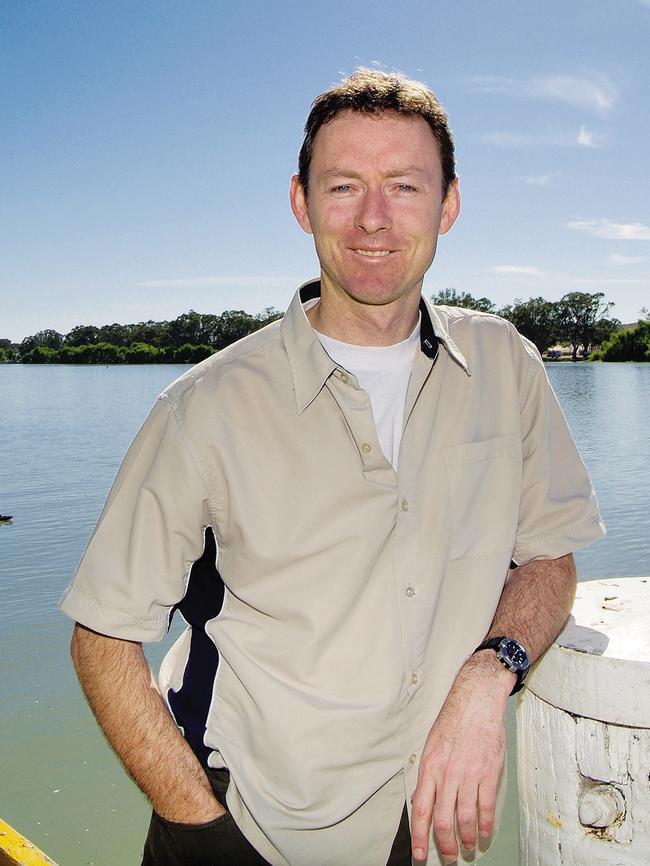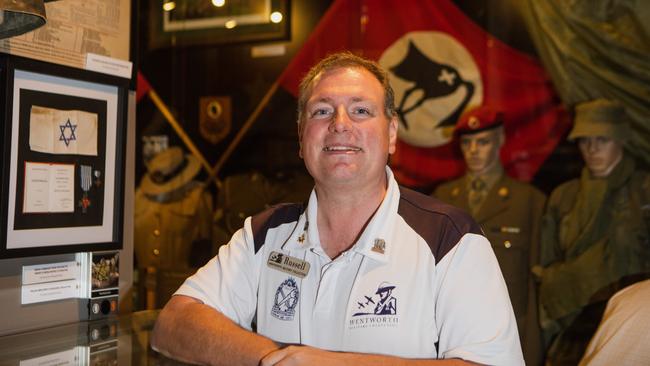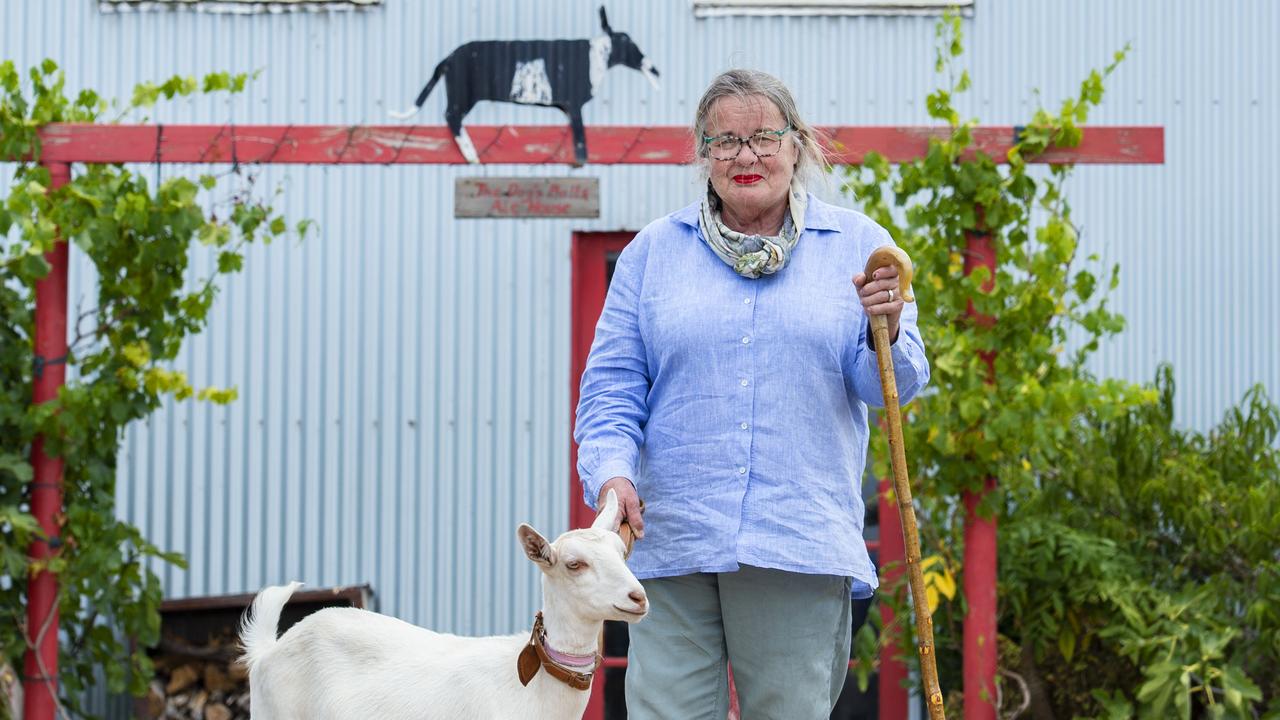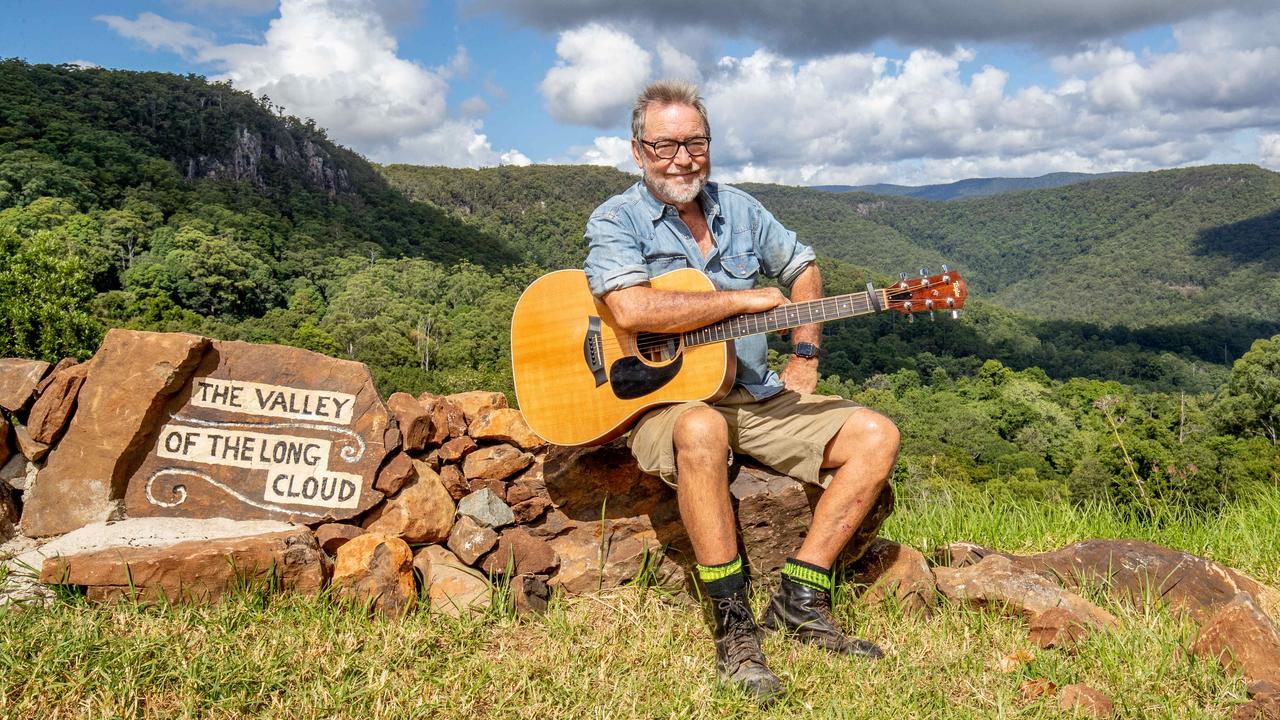River of Honour along the Murray commemorates Australian war history
THINK of the Murray River and agriculture, nature and probably politics spring to mind. But Shane Strudwick sees Australia’s war history.

THINK of the Murray River and agriculture, nature and probably politics spring to mind.
But Shane Strudwick sees Australia’s war history.
Shane, a history buff with a love of the Murray, has plotted a war trail for a large part of its 2500km length called the River of Honour, which encourages visitors to explore the river’s war heritage — memorials, museums, soldier settlements, and Returned and Services Leagues.
“The Murray River across three states contains a vast range of war memorials that honour the fallen and those who sacrificed themselves for our country,” says Shane, who will release an ebook for the trail this month, in addition to his trail website.
“There are so many different, interesting stories, but they’re fragmented because of different councils and governments.”
Shane, who lives in Adelaide and runs the Discover Murray River website, says he created the war trail four years ago as a result of his many trips along the waterway, fossicking for stories. It’s still a work in progress.

“A lot of these towns undervalue what they’ve got and it’s only when you travel the Murray and see these stories that a thread starts to emerge,” he says.
He says few people know, for instance, that training and prison camps were established at various locations, including Japanese internees at Woolenook Bend Wood Camp, near Renmark, and the Loveday Internment Camp, also in
South Australia, which at its peak held 5380 internees and POWs.
The River of Honour trail begins at Holbrook, renamed from Germanton after Lieutenant Norman Holbrook, who was awarded a Victoria Cross for an underwater raid in 1914.
To honour Lt Holbrook, the local council acquired a portion of the hull of HMAS Otway, after it was decommissioned in 1994, which now lies in the centre of Holbrook next to a statue of the Lieutenant.
“Holbrook made a number of visits to the town before his death in 1976 and his widow donated his medals to the area,” Shane says.

Next on the trail is Jim Simpson’s Rug at the Man from Snowy River Museum in Corryong, knitted while he was in a prisoner of war camp in Germany in World War II.
The trail reveals some hidden gems, one of the best being the Tocumwal aerodrome, which was known as McIntyre Field when it was established by the US air force in 1942 — later handed over to the RAAF — in expectation of a Japanese invasion of Australia.
According to Shane, at one stage it was the largest aerodrome in the southern hemisphere.
“At its height there were more than 450 (buildings). Most of the buildings were made in the US and transported to the airfield,” he says.
While much of the old infrastructure has disappeared, several hangers still exist and some runways have become roads servicing farms, with much of the history at the Tocumwal Bowls Club.
Also at Tocumwal is the WAAAF Creek Walk, which commemorates the Women’s Auxiliary Australian Air Force, formed in March 1941 after lobbying by women keen to serve. Up to 400 women served at Tocumwal.
The war trail is not just focused on the two world wars. At Tongala, there is a memorial of seven, 2m-high pillars of black granite with the names of 1200 veterans of Vietnam engraved in silver.
Also in Tongala is a Light Horse Memorial, a sculpture of a digger with a horse saddle.
Moving northwest, Lake Boga is well known for its Flying Boat Museum, home of the historic Catalina flying boat and site of the secret RAAF repair depot.
“Lake Boga was an integral part of the allied defence during World War II, with a facility that helped to keep Australia safe, the number one flying boat repair and service depot,” Shane says. “On the original site of the depot was an underground communications bunker, which has been transformed into the museum.”
In the mid-‘80s, Robinvale became a sister city to the French town of Villers-Bretonneux, inspired by the death of Robinvale resident Lieutenant George Robin Cuttle, who was killed near Villers-Bretonneux in 1918.
“In memory of their airman son, the family renamed their new settlement Robinvale — vale Robin,” Shane says.
Some of the most engaging sites on the River of Honour trail are the museums.
From 1942 until 1946, the Mildura Airfield was an RAAF base, providing operational fighter training for pilots. The restored headquarters now houses a museum.

But the centrepiece is perhaps the Wentworth Military Museum, which curator Russell James says has a collection from the Boer War to Iraq.
“There’s 125 years of service, so something that
relates to everyone, including international exhibits,” says Russell, one of 20 volunteers who run the museum.
He says that during World War II, Wentworth and the surrounding area hosted a number of practice RAAF bombing ranges and 52 pilots and ground crew were killed during the period. Crash sites are marked by memorial plaque stones.
The most talked-about items in the museum are Kitty Hawk wreckages from a number of those crash sites, as well as original flags flown in the Vietnam War and an East German border guard uniform from the Berlin Wall.
The war trail ends at the Raukkan War Memorial at the Murray’s mouth at Coorong, where there is a tribute to Aboriginal men who served in the world wars, Korea and Vietnam.


